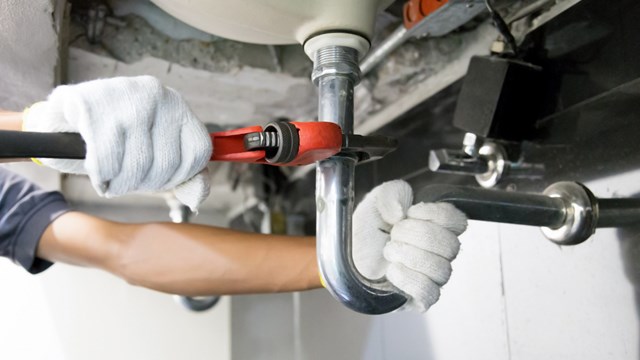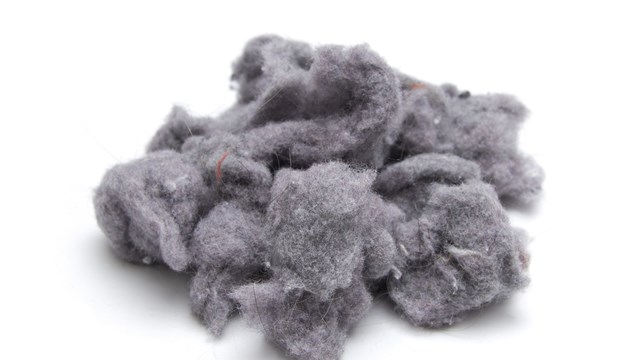"¢ Establish the concept of a partnership between management and building staff and the residents so that conditions that require attention are identified and dealt with promptly.
"¢ Educate residents of their obligation to prevent mold through good housekeeping.
"¢ Require residents to report the presence of moisture, leaks and mold immediately to management and building staff. The two most obvious signs of a mold problem are odor and discoloration. Clean and dry any wet or damp spots within 48 hours.
"¢ Mold growth can be removed with commercial products or a weak bleach solution of one cup of bleach in one gallon of water.
"¢ The first 24-48 hours are the critical period in dealing with leaks and preventing mold. Management and building staff must take reported leaks seriously and arrange for immediate repairs. Fix leaky plumbing and leaks in the building envelope as soon as possible.
"¢ Keep a paper trail, including the resident's service request, the work slip from the maintenance staff, an incident tracking log, and follow-up letters (even if no mold is found).
"¢ Condensation can cause mold. Decrease condensation by increasing surface temperature or reducing humidity. To increase surface temperature, insulate or increase air circulation.
"¢ Moisture without proper ventilation is like a written invitation for mold growth, particularly in kitchens and bathrooms where humidity levels tend to be highest from cooking and bathing. To reduce moisture levels in air, have leaks repaired, increase ventilation (if outside air is cold and dry) or dehumidify (if outdoor air is warm and humid). Maintain low indoor humidity below 60 percent relative humidity (RH) - ideally 30 percent to 50 percent if possible.
"¢ Keep all heating, ventilation, air conditioning (HVAC) and refrigerator drip pans clean, flowing properly and unobstructed.
"¢ Hot spots of indoor mold growth include damp basements and closets, bathrooms (especially shower stalls) and greenhouses
"¢ Don't let foundations stay wet. Provide proper drainage. Slope ground away from the foundation.
"¢ Distribute tip sheet on mold to residents.
"¢ Follow recommendations from building's environmental (mold) expert, attorney and insurance agent.







Leave a Comment